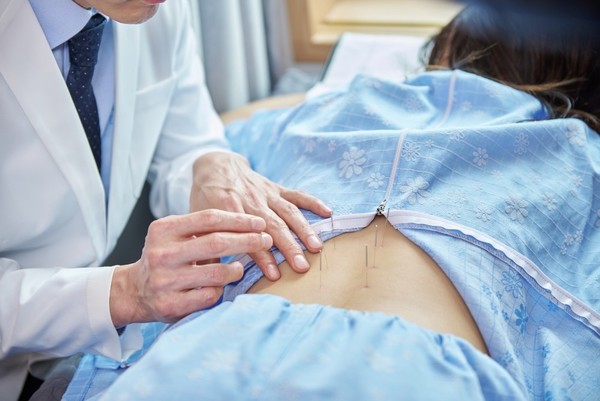Controversy is brewing within the healthcare community over the tattoo regulation bill recently passed by the National Assembly. While the core of the bill is to bring tattooing by non-medical practitioners into the formal healthcare system, the main source of the controversy is actually oriental medicine practitioners. The oriental medicine community is raising its voice daily, arguing that tattooing should also fall within the scope of their medical practice.
This is not the first time the original medicine community has raised its voice to expand its scope of practice. They have consistently clashed with the (Western) medical community, demanding expanded authority in various areas, such as the use of medical equipment, including X-rays, and the utilization of diagnostic aids.

The Ministry of Health and Welfare has persistently pursued discussions on medical unification to resolve these conflicts at their root. However, it has consistently failed to achieve results at critical moments, unable to reconcile the conflicting interests between the professions.
However, the oriental medicine community's demands for expanded authority are likely to persist and intensify. This means that conflict resolution on a case-by-case basis will only amount to stopgap measures.
Ultimately, it is time to consider a fundamental solution to this persistent conflict. This necessitates an institutional transformation: integrating both professions into a single system and redefining standards for education, licensing, and clinical practice.
Above all, public health is paramount. Medical practice must be grounded in scientific evidence, clinical validation, and systematic education, not merely technical skill. Under the current dual-track system, where medical professional qualifications and roles overlap and conflict, patients may not receive timely, necessary care, posing health risks, and unnecessary medical expenses, including duplicate treatments, may arise.
Furthermore, conflicts between medical professions undermine the consistency of government health policies. Whenever the Western and oriental medicine communities clash over various medical procedures or insurance coverage, health authorities are forced to mediate. In this process, mid-to-long-term public health policies are pushed aside, and policy decisions become the result of power struggles between professions. This ultimately acts as a factor that lowers the trust and efficiency of the entire healthcare system.
Medical unification should not be viewed merely as merging the two professions of doctors and oriental medicine practitioners. It must be seen as a reform process to establish consistent treatment standards and qualification systems, ensuring the public receives medical services under safe and scientific criteria. Once this system is established, waste of medical resources will decrease, and improvements in the efficiency of the national health insurance finances can be expected.
Medical professionals must prioritize their duty to provide the public with safe and verified medical care over protecting their authority. For doctors and oriental medicine practitioners to treat patients under the same responsibilities and standards, the current dual system must be overhauled.
Korea must move beyond the futile debate over “who holds greater authority.” What is needed now is a single, consistent healthcare system that provides reassurance to the public. To achieve this, discussions on healthcare unification must proceed more actively, focusing on safeguarding the public's right to health rather than the interests of specific professions.

